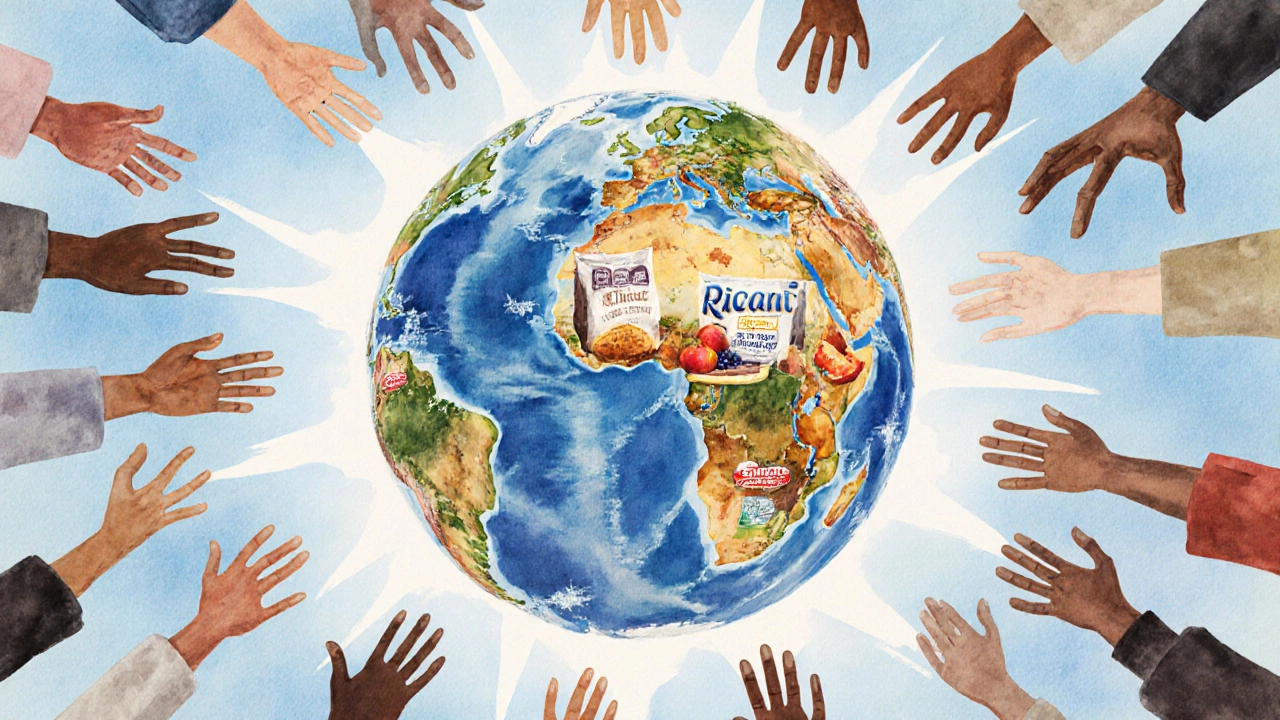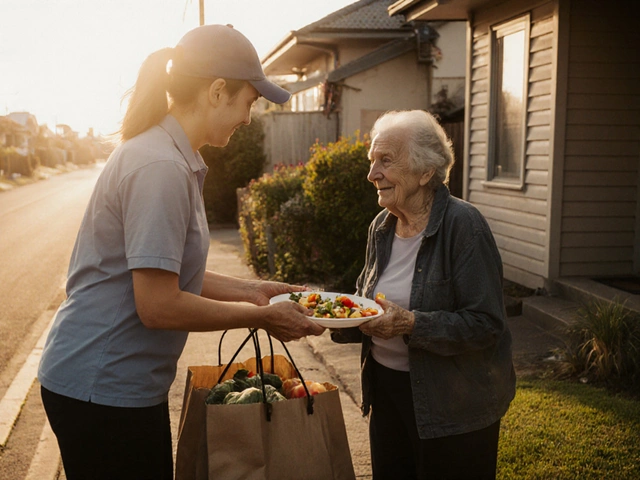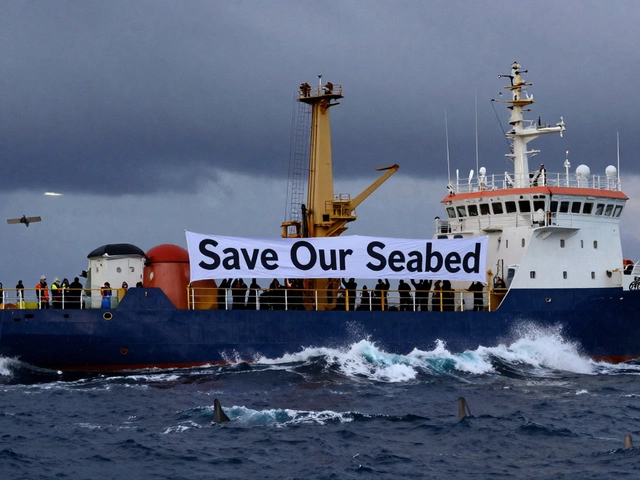Charity Impact Calculator
How Your Donation Makes a Difference
Calculate the real impact of your donation using verified data from top food aid organizations
The World Food Programme serves over 115 million unique individuals annually. The difference between people served and meals distributed shows how many meals each person receives.
When you hear the phrase "feeds the most people," you might picture soup kitchens, food banks, or large‑scale aid agencies. But which organization actually reaches the highest number of individuals each year? Below we break down the data, compare the biggest players, and show how you can verify the numbers yourself.
Key Takeaways
- The World Food Programme is the single charity that feeds the most people, reaching over 100 million individuals annually.
- Meals‑provided metrics differ from people‑served metrics; a single meal can serve multiple people over time.
- Regional focus, funding sources, and partnership models heavily influence reach.
- Donors can verify impact by checking audited annual reports and third‑party transparency scores.
How We Measure "Feeds the Most People"
Before naming a winner, it’s critical to define the measurement criteria:
- People Served per Year: Unique individuals who receive any food assistance in a calendar year.
- Meals Distributed: Total number of individual meals prepared or delivered.
- Geographic Coverage: Number of countries or regions where the charity operates.
- Funding Transparency: Availability of audited financial statements and third‑party ratings (e.g., Charity Navigator, GiveWell).
For consistency we rely on each organization’s most recent audited annual report (2023‑2024) and cross‑check with UN OCHA data where possible.
The Front‑Runner: World Food Programme
World Food Programme is the United Nations' food‑assistance arm, operating in 88 countries and delivering more than 120 million meals each year. In 2024 the WFP reported reaching 115 million unique individuals with emergency food aid, school meals, and nutrition programs.
The organization’s scale stems from three core mechanisms:
- Emergency Relief: Rapid response kits and cash‑for‑food vouchers in conflict zones.
- School Feeding: Partnerships with ministries of education to provide daily meals to over 25 million children.
- Nutrition Interventions: Targeted supplementation for pregnant women and malnourished children.
Funding comes from 85 % government contributions, 10 % private donations, and 5 % corporate partners, all audited by the UN Office of Internal Oversight Services.
Close Contenders
While the WFP tops the list, several other charities reach massive audiences:
- Feeding America operates the largest network of food banks in the United States, serving 40 million people annually.
- Action Against Hunger focuses on emergency nutrition, reaching 50 million people across 45 countries.
- Save the Children runs school‑meal programs for 30 million children in low‑income regions.
- The Trussell Trust in the UK, provides emergency food parcels to 1.5 million people each year.
Comparison Table
| Charity | People Served (Annual) | Meals Distributed (Annual) | Primary Regions | Main Funding Sources |
|---|---|---|---|---|
| World Food Programme | 115 million | 120 million | Global (88 countries) | Govt (85 %), Private (10 %), Corp (5 %) |
| Feeding America | 40 million | 5 billion (US food‑bank meals) | United States | Corporate (30 %), Private (40 %), Grants (30 %) |
| Action Against Hunger | 50 million | 60 million | Africa, Asia, Latin America | Govt (45 %), Private (35 %), Foundations (20 %) |
| Save the Children | 30 million | 35 million | Global (70+ countries) | Govt (40 %), Private (40 %), Others (20 %) |
| The Trussell Trust | 1.5 million | 2 million | United Kingdom | Govt (25 %), Private (60 %), Corporate (15 %) |
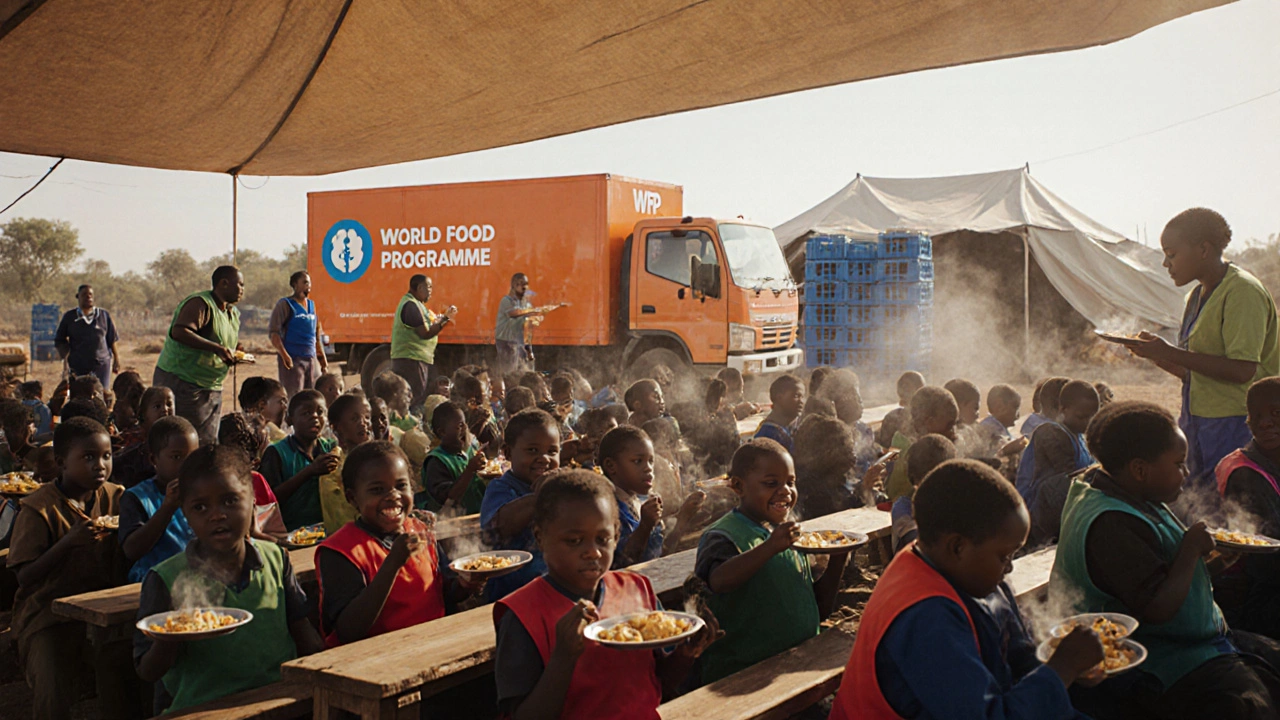
Why the World Food Programme Leads
The WFP’s advantage isn’t just size; it’s structure. As a UN agency, it can mobilize sovereign‑state resources quickly, negotiate access in conflict zones, and work with local ministries to embed school‑feeding programs. Its cash‑voucher system also reduces logistical overhead, allowing a single dollar to stretch further than traditional food drops.
Another factor is data transparency. Every year the WFP publishes a detailed "Food Assistance Dashboard" that lists beneficiaries by country, meal type, and funding source. Independent auditors from KPMG and PwC verify the figures, giving donors confidence that the numbers are real.
How to Verify a Charity’s Impact Yourself
Whether you’re choosing a charity to support or just curious, follow these steps:
- Check the latest audited annual report - look for sections titled "Beneficiaries" or "Program Reach". \n
- Cross‑reference with third‑party evaluators (Charity Navigator, GiveWell, or the European Commission’s NGO Transparency Register).
- Search for external data points: UN OCHA’s "Humanitarian Data Exchange" often lists food‑aid distribution figures that align with charity reports.
- Review the organization’s governance structure: a board with independent members and a clear conflict‑of‑interest policy usually signals higher accountability.
- Ask for impact case studies. Real stories of families or schools that benefited give you a sense of how numbers translate into lives.
Doing this homework takes about 15‑20 minutes and can prevent you from mis‑allocating your generosity.
Common Pitfalls When Comparing Food Charities
- Mixing meals with people served - One meal can be counted multiple times if the same person receives daily rations. Focus on "unique individuals" for a fair comparison.
- Ignoring regional cost differences - A meal in Sub‑Saharan Africa costs far less than one in Western Europe, so raw meal counts can be misleading.
- Over‑relying on self‑reported data - Look for external audits or government verification.
- Neglecting sustainability - Some charities prioritize short‑term relief over long‑term nutrition, which may affect lasting impact.
What This Means for Donors
If your goal is to maximize the number of people fed, the data points straight to the World Food Programme. However, if you prefer to support a local community or a specific approach (e.g., food banks vs. emergency vouchers), the other charities listed offer meaningful alternatives.
Consider blending your giving: a portion to the global leader for scale, and another slice to a regional organization that aligns with your values. This way you get both breadth and depth.
Next Steps for Readers
- Visit the WFP’s Food Assistance Dashboard and download the 2024 impact report.
- Compare your preferred charity using the table above - note any gaps in data.
- Set a personal giving goal (e.g., $50 per month) and allocate it according to the impact metrics you care about.
- Share this guide with friends who ask "Which charity feeds the most people?" - they’ll appreciate the evidence‑based answer.
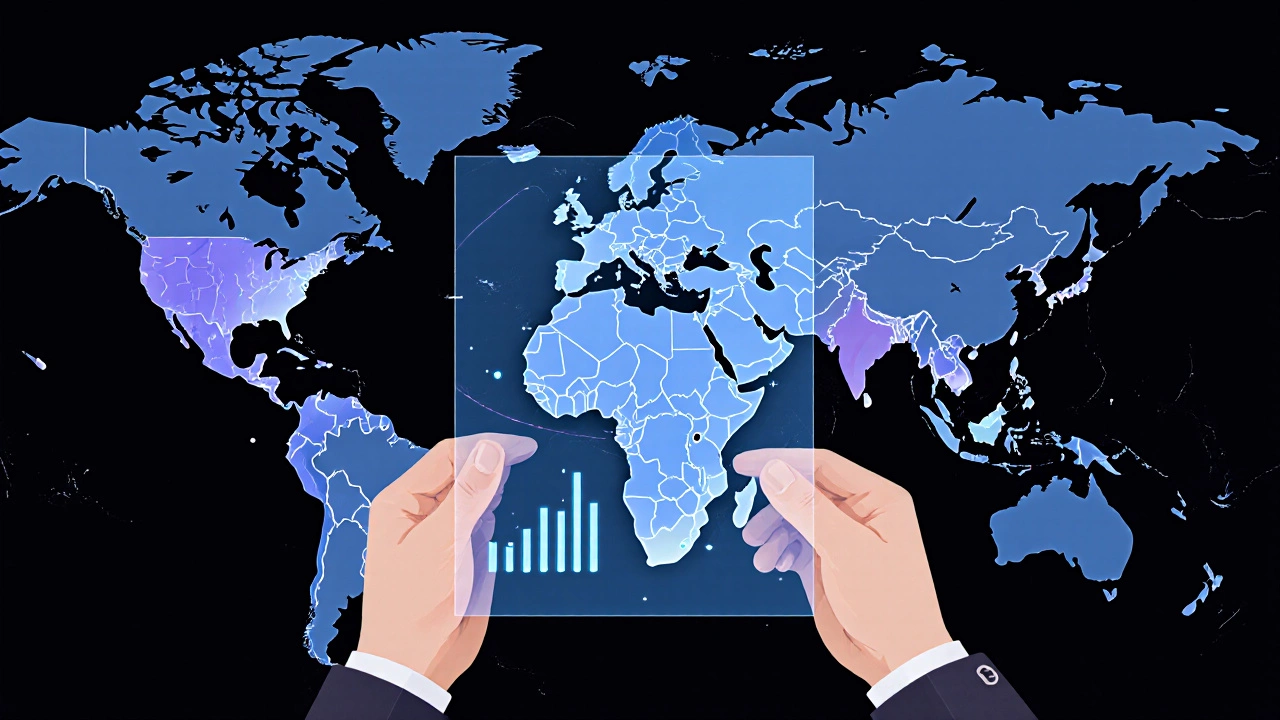
Which charity reaches the most unique individuals with food aid?
The World Food Programme (WFP) reported serving 115 million unique individuals in 2024, making it the largest food‑assistance charity by reach.
How does the World Food Programme measure its impact?
WFP tracks beneficiaries through its Food Assistance Dashboard, categorising recipients by program type (emergency, school meals, nutrition), country, and funding source. All figures are audited annually by independent firms.
Is feeding the most people the same as providing the most meals?
Not always. A charity might distribute billions of meals (like Feeding America) but serve fewer unique individuals because meals are often repeated for the same households. People‑served metrics capture breadth, while meals‑distributed metrics capture volume.
Can I verify a charity’s reported numbers myself?
Yes. Look for the charity’s latest audited annual report, compare it with data from third‑party evaluators (Charity Navigator, GiveWell), and check any government or UN databases that publish humanitarian aid statistics.
What’s the best way to allocate my donations for maximum impact?
A blended approach works well: direct a portion to the World Food Programme for global scale, and allocate another segment to a regional charity that aligns with your personal values (e.g., local food banks, school‑feeding programs).
